
Four ways to upgrade your living room storage space
Living rooms can be hard to get right. They're often busy family rooms where children play, dogs sleep and the grown-ups take a moment with a cup of tea.
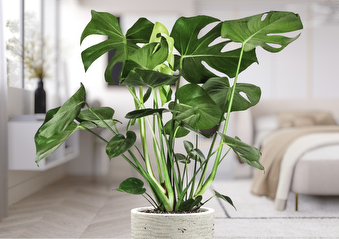
With botanical interiors on the rise, there’s no better time to adopt some new houseplants to adorn your home with.
In the last year, using houseplants to compliment home interiors has boomed in popularity, with Google searches for ‘biophilic design’ growing 21% in the last year.
And if our Instagram activity is anything to go by, the trend of bringing the outdoors inside is only set to continue. With over 8.1 million posts about #houseplants, it seems that adding greenery is fast becoming the most popular way to brighten up our living spaces.
However, snapping pics of our botanical creations is, for many, much easier than keeping our houseplants happy and healthy, with Instagram hashtags relating to plant care totalling nearly 6 million.
Here, we will look at how you can keep four of the UK’s most popular houseplants alive and kicking, with visuals to show how you can decipher a plant’s health woe based on its appearance. Plus, we will advise you on which rooms in your home are best to place your plants in to maximise their health.
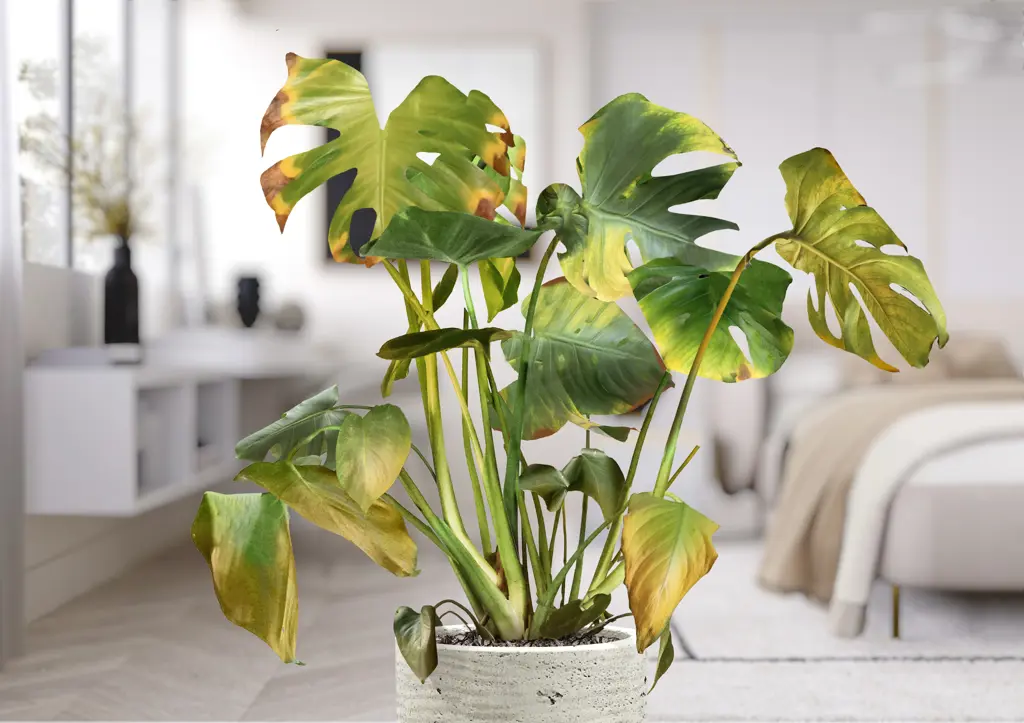
It’s no surprise that the monstera plant is growing in popularity, as its distinctive leaves and large size make it ideal for adding flair and interest to empty corners of the home. However, it is mildly toxic to pets and humans, so you may want to elevate it from the floor on a side table or mantlepiece to avoid any mishaps. Samantha Jones, gardening and plant expert at MyJobQuote.co.uk, advises that while monstera is a simple plant to grow, “it does require space, so you should place it in a prominent location in the living room rather than in a confined space or on a windowsill.”
Monstera plants can tolerate low light but grow faster if placed in indirect but bright sunlight. So, a monstera can exist happily in most areas of the home. “If the plant is left in the dark, it will exhibit negative phototropism, which is when the leaves grow towards the dark rather than the light” Samantha adds.
As they are tropical plants, they enjoy moist soil. So, you should water it as soon as the top 5cm of soil become dry to the touch.
While you might initially think that yellowing leaves are a sign of underwatering or too much sunlight, they actually indicate that you are overwatering your monstera. So, it’s important to check the moisture of the soil before tending to your monstera.
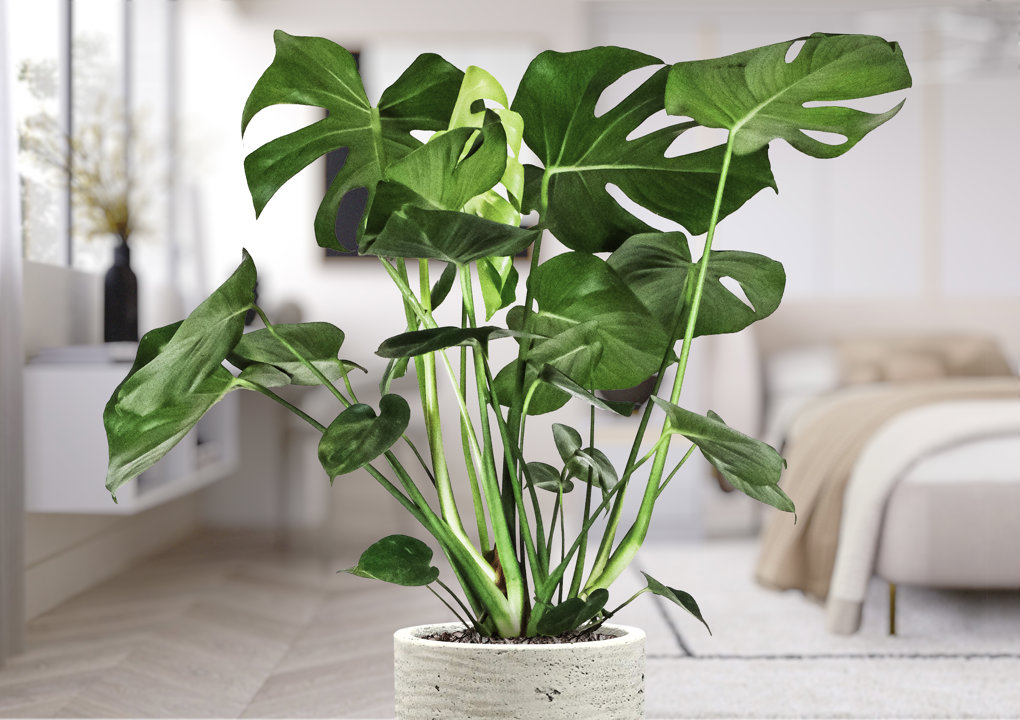
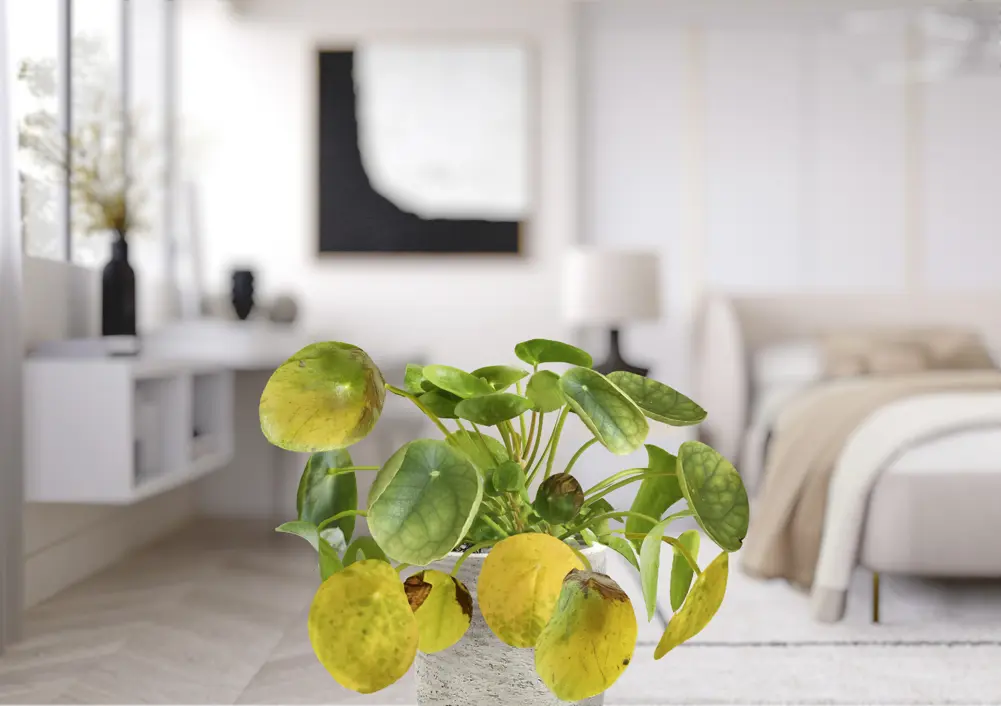
This unusual plant gets its name from the superstitions that surround it. The money plant hails from Southwest China, where some believed the plant would bring good luck and fortune to its owner. For this reason, it could be a good addition to a home office to bring you good luck at work. Because it’s non-toxic, you can place it anywhere in your home where there’s suitable light levels.
Much like the monstera, the money plant thrives in bright but indirect sunlight. Not getting enough light can make them grow tall and leggy. Give them too much heat or light, however, and their unusual, circular leaves can start to curl inwards to form a cup shape.
If the stems of your money plant begin to droop, you may not be watering it often enough. Water your money plant about once a week, checking that the soil is dry before you do so.
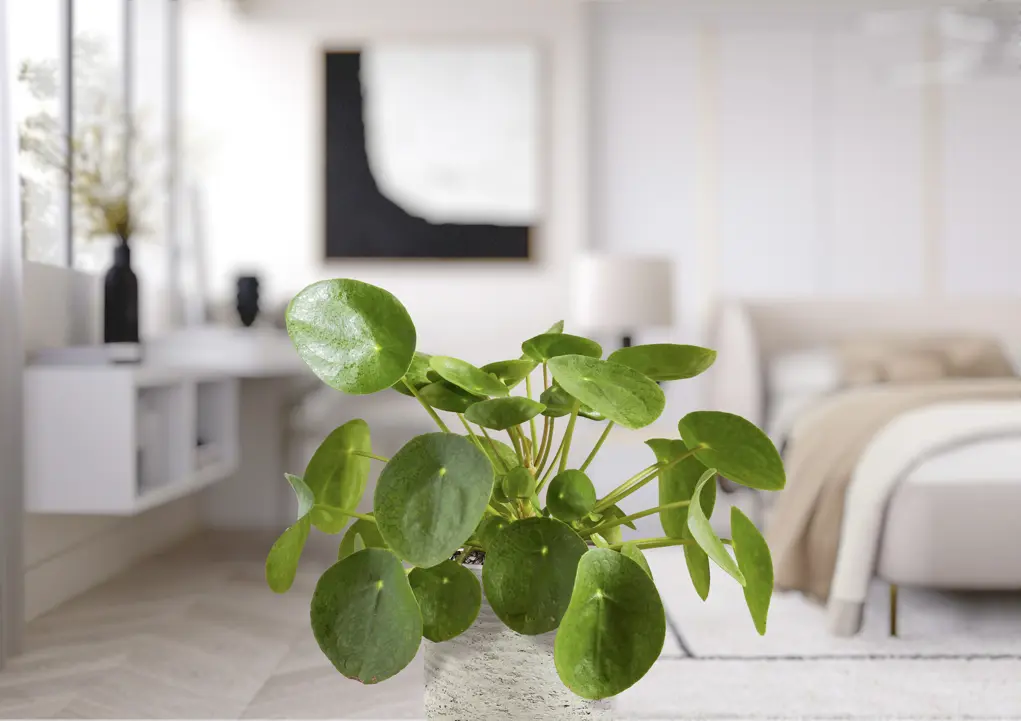
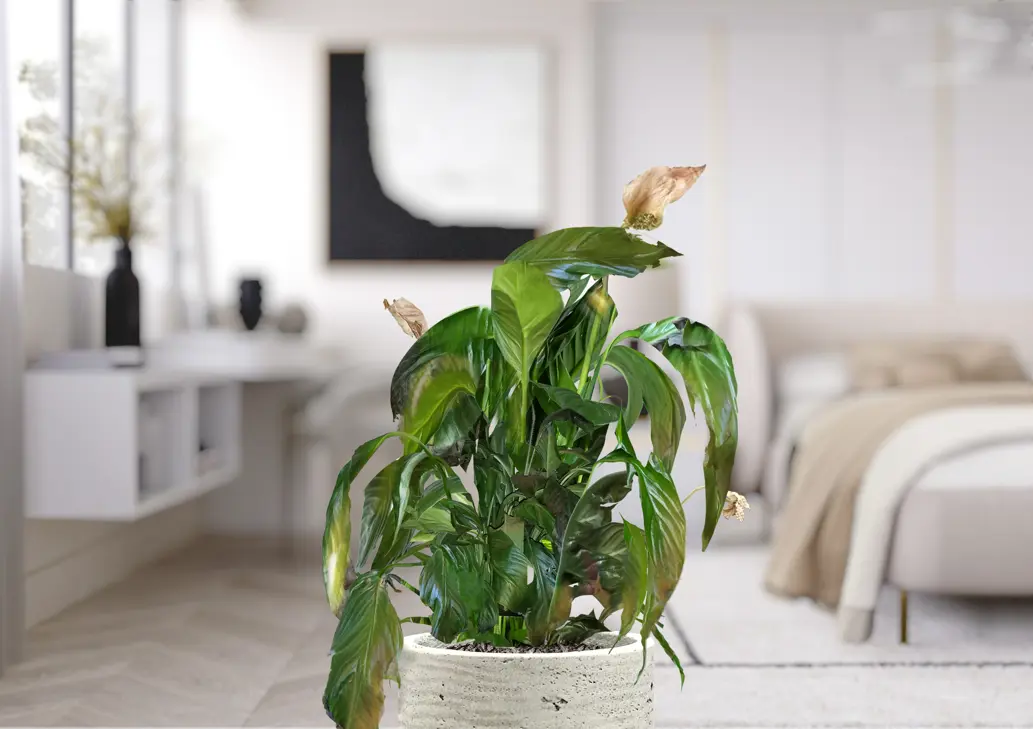
According to Google, the peace lily is the most difficult to care for of all these plants, with 8.1k search queries into ‘peace lily care’.
When it comes to humidity and temperature, the peace lily is a little fussy as they are a tropical plant. They should be kept away from cold draughts, so place them away from doors or fireplaces. An east facing window is ideal according to Samantha, as the plant will be exposed to the bright morning sun while escaping the harsh midday rays.
They’ll do best in a humid room, such as a bathroom. But if you want to keep your peace lily on display elsewhere in your home, you can mist around the leaves every few days to keep them happy. Just make sure they’re out of reach of children and animals, as the calcium oxalate in their leaves is poisonous.
Your peace lily should be watered weekly, but it will tell you when it’s time. Check that the soil is dry before you water. In winter, you may want to water your peace lily fortnightly rather than weekly. However, if it begins to wilt, this is a sign of dehydration.
Samantha’s top tip for peace lily care is to use filtered water if possible, as they are sensitive to the chemicals found in tap water that can result in brown leaf tips.
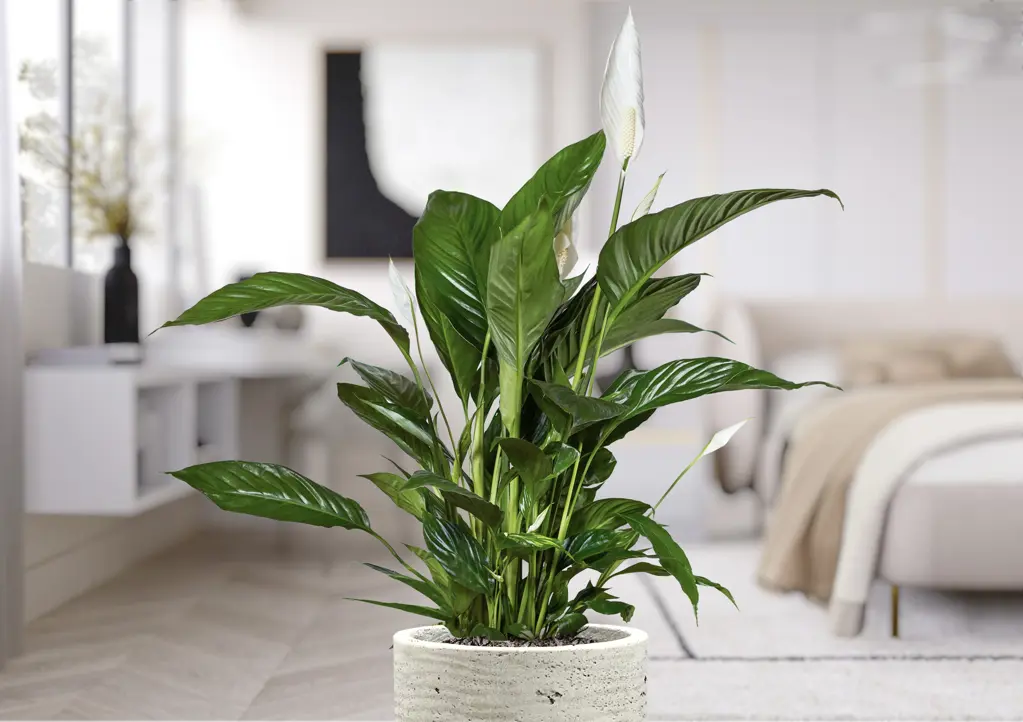
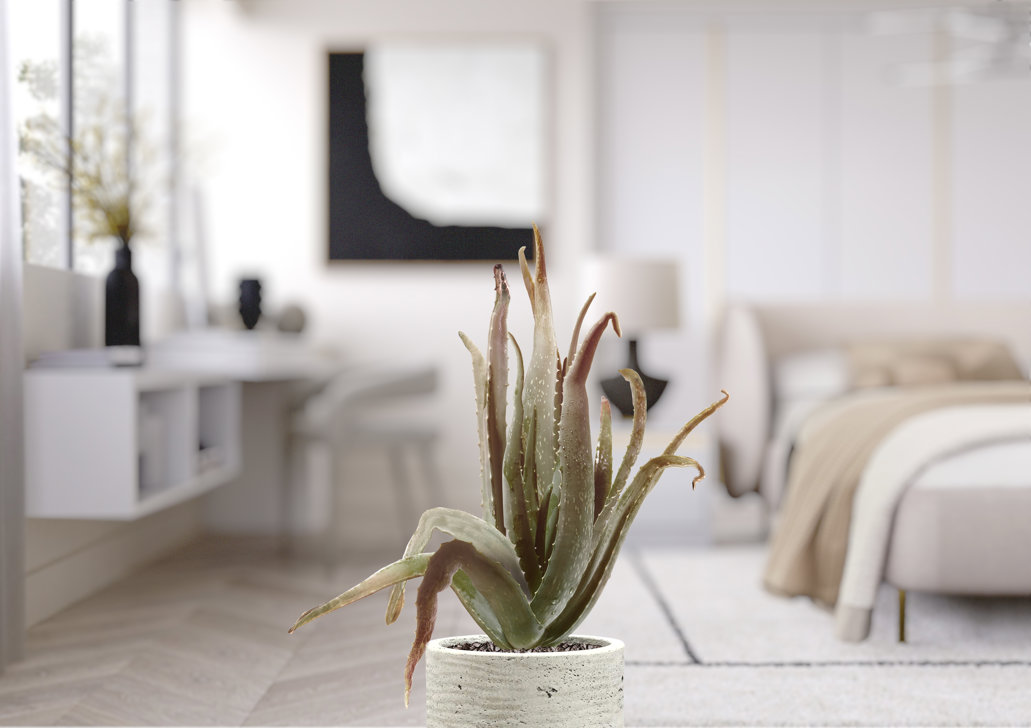
Aside from being beautiful and easy to care for, aloe vera’s leaves can be used as a remedy for minor burns and rashes, or as a skin treatment.
Unlike the other plants we have covered here, an aloe vera can thrive on a bright and sunny windowsill. They’re a great addition to bedroom décor because they harvest carbon dioxide at night, improving your room’s air quality as you sleep. However, they are toxic to pets so are best kept out of reach and sight of your animals.
The aloe vera plant is well suited to busy plant owners, as they require very little watering, as they store water in their leaves. Wait until their soil is completely dry before you water them. Otherwise, your aloe may end up with brown or mushy leaves.

Houseplants can make a great addition to any style of interiors, adding new focal points to any space. Ensuring you know their care needs and placed in a spot where they will be happy is key to maintaining both their health and your Instagram-ready botanical interiors.
We have been creating fresh living spaces for years and are experts in creating timeless designs that fit your space perfectly. If you’re looking to renew and revive your home, that we would love for you to book a free design visit with us.

Living rooms can be hard to get right. They're often busy family rooms where children play, dogs sleep and the grown-ups take a moment with a cup of tea.

If you're looking for bedroom storage ideas and want to maximise your entire space, look no further.

Whether you’re looking for a place to get ready for the day or a home for your make-up and jewellery, here at Hammonds we’ve got the fitted dressing table to suit you.
Whether you have an exact vision in tow, or are just at the beginning stage of your home renovation, we have heaps of inspiration for you to get stuck into.
Find a wealth of design tips, trends and inspiration in the pages of our brochure, magazine and on our blog. Our experts are always ready to help you create dream home, pop in store or book your free design visit for experts to help on bringing your vision to life.